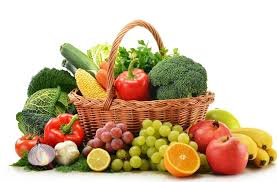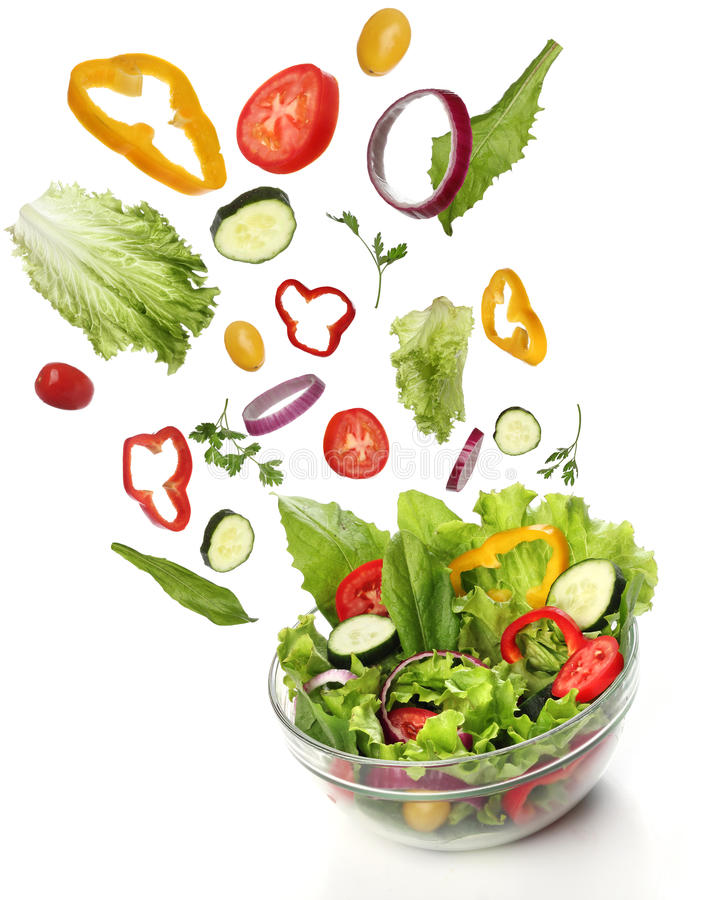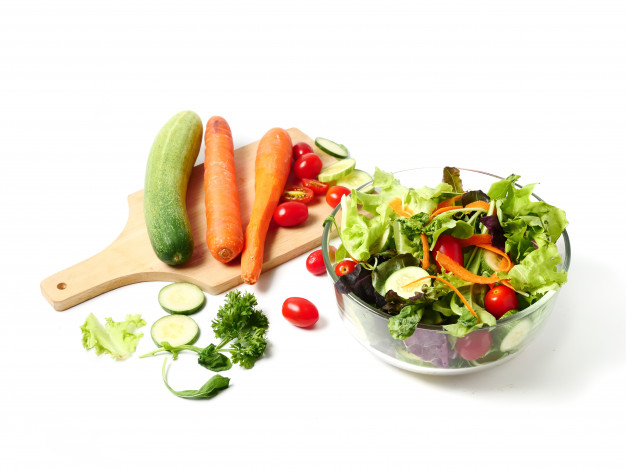
When the cold breezes of Winter evanesce, the flowers of luscious mango begins blooming and Earth welcomes the Summer joyously. When the scorching sun dries off all the grain, Rain refurbishes the barren land and re-hydrates the water reservoirs. As the weather changes across the globe, each season brings plethora of gifts in the form of fruits, vegetables and cereals to the mankind. Every Season is a bouquet of varieties of fruits & vegetables with multifarious nutrients, earthy fragrance and subtle savour. The onset of a new season provides liberty to do experiments with culinary dishes, trying new recipes and bringing traditional seasonal dishes from grandma’s diary to the kitchen.
Classifying vegetables according to the season is an Ancient Indian Practice. Ritucharya is a concept of eating seasonally mentioned in Ayurveda. Ranging from Vasant Ritu (Spring) to Sharad Ritu (Winter), it briefly describes what to eat during each season to retain health and counteract diseases. The sowing schedule for Indian crops depends upon the weather that the vegetable can best tolerate.
A seasonal vegetable not only dazzles your taste goblet but there are plenty health benefits. Such as:

- Utterly Delicious-
This fresher seasonal produce tastes much better than an out-of-season tasteless, flavorless and less juicy vegetable.
- Satiates the body’s natural nutritional requirements:
Vegetables grown in appropriate season are more nutritionally dense. In winter, citrus fruits and vegetables are found in abundance. These are particularly high in “vitamin C”, an antioxidant responsible for boosting immunity. It is the matter of fact that immune system is weaker during winter. Whereas summer fruits and vegetables are rich source of beta carotene and other carotenoids that provides us a shield against sun damage.
Listen What Seasonal Chart Says!
As a Home gardener, Do you want to to eat seasonally but confuse about what and when to grow? Then pick a right vegetable for the right season as per the vegetable growing schedule. Grow your food seasonally at home to get nutritious and pesticides free produce.
Top vegetable to grow in the kitchen garden in India:
- January:
Brinjal, Bitter Gourd, Bottle Gourd, Capsicum, Cucumber, Okra, Radish, Tomato, Pumpkin, Melon
- February:
Applegourd, Bittergourd, Bottle Gourd, Cucumber, French Beans, Okra, Sponge Gourd, Watermelon, Spinach, Capsicum, Okra, Tomato, Pumpkin
- March:
Applegourd, Bittergourd, Bottle Gourd, Cucumber, French Beans, Okra, Sponge Gourd, Watermelon, Spinach, Onion, Pumpkin

- April:
Capsicum, Onion
- May:
Onion, Pepper, Brinjal, Capsicum, Okra, Pumpkin
- June:
All Gourds, Brinjal, Cucumber, Cauliflower, Okra, Onion, Sem, Tomato, Pepper, Cabbage, Capsicum, Pumpkin, Melon
- July:
All Gourds, Cucumber, Okra, Sem, Tomato, Cabbage, Cauliflower, Pumpkin, Melon
- August:
Carrot, Cauliflower, Radish, Tomato, Broccoli
- September:
Cabbage, Carrot, Cauliflower, Peas, Radish, Tomato, Lettuce, Broccoli, Cucumber, Onion, Spinach, Pumpkin, Corn
- October:
Beet root, Brinjal, Cabbage, Cauliflower, Lettuce, Peas, Radish, Spinach, Turnip, Capsicum, Carrot, Cucumber, Okra, Onion, Tomato, Potato, Pumpkin, Corn, Melon
- November:
Turnip, Tomato, Radish, Pepper, Peas, Beet Root, Bitter Gourd, Bottle Gourd, Cabbage, Capsicum, Carrot, Okra, Spinach, Potato, Pumpkin, Corn, Melon
- December:
Tomato, Bitter Gourd, Bottle Gourd, Cucumber, Lettuce, Okra, Radish, Potato, Pumpkin, Melon
Consuming more fresh fruits & vegetables procured from your kitchen garden is one of the most important and easiest things you can do to stay healthy. When you pluck vegetables right from your home garden and serve in your plates, the nutritional content will be adequate. Grow your food seasonally at home to get nutritious and pesticides free produce.




